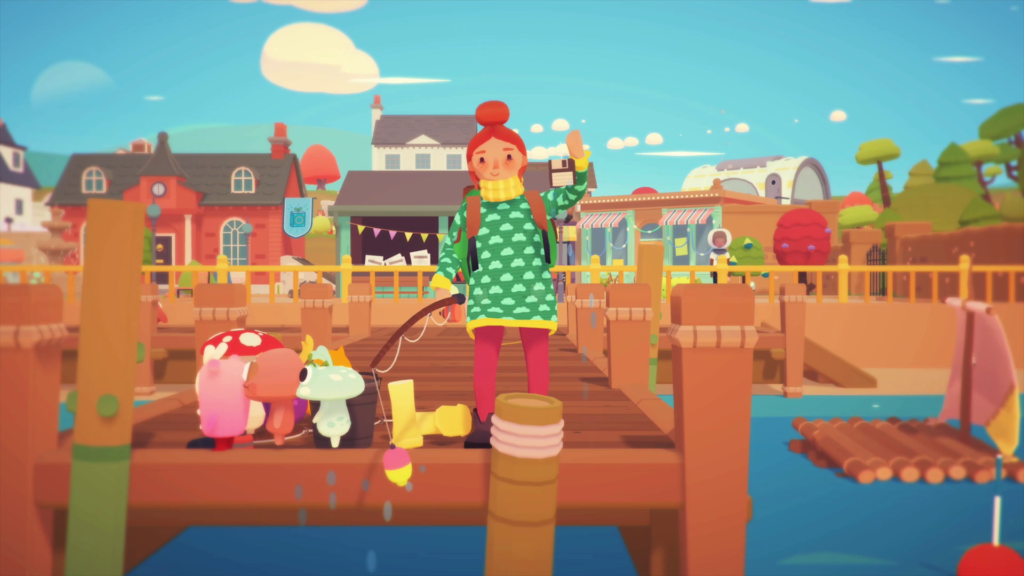
Bugsnax & Ooblets: Cute is What They Aim For
Editor’s note: It has recently come to our attention that Ooblets’ composer is Pedro Silva, who has admitted to past instances of abusive behavior. This post was written prior to our knowledge of this, and we do not support abusers. Furthermore, Silva’s continued work in this industry is indicative of the way that “wholesomeness” can be co-opted to hide abuse and other toxicity, which is why we must approach these issues critically.
I think it would be fair to say that 2020 has been “the year of” several trends in gaming, but there’s one in particular that I’ve noticed on the rise: “wholesome” games. More and more indies are getting noticed by appealing to audiences who want chill vibes and cute friends. Wholesome Games has even been turned into a social media brand, with developers who make these “wholesome” titles coming together to show off their work and support others doing the same. These kinds of games have never been more popular.
But what do we mean when we describe a game as “wholesome” or “cute?” Who gets to decide which games make the cut and which don’t? Don’t get me wrong, I’m an avid lover of the cute and anything that will provide me with funky little friends, but as “wholesome” games rise in popularity and reach, we need to interrogate what we mean when we describe them this way, and what they’re actually doing with that description/aesthetic.
Earlier this year, I wrote about my experience with Pokemon Cafe Mix, and how it uses its cuteness to ensnare players in its various microtransactions. This has been on my mind since, and as the year has gone on, we’ve gotten even more games that bank on their cuteness. Spiritfarer, a game that has been lauded for its gentle and cozy approach to death, has been compared to a “warm bubble bath” by IGN, and called “comforting” by Polygon. It also featured a storyline about a character who uses a wheelchair that was deeply ableist and caused enough of a stir that developer ThunderLotus put out an apology for it. All too quickly it becomes apparent whose comfort and coziness these games are looking to prioritize, whether they realize it or not.
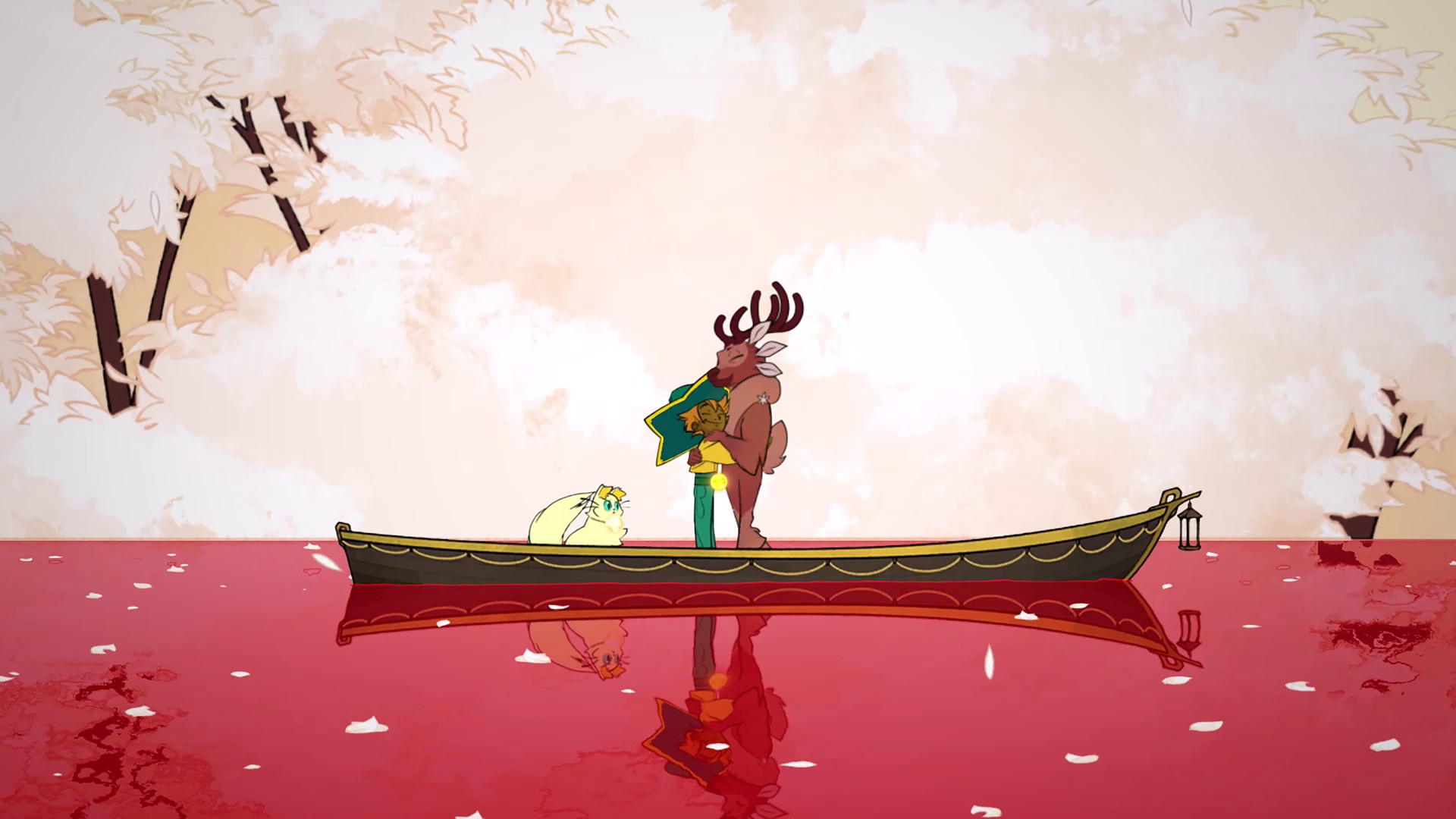
Of course, looking through the replies to ThunderLotus’ apology on Twitter there are all kinds of people questioning how anything about this game could be taken negatively. After all, it’s so wholesome. All too often, a game’s cute or wholesome nature is enough for people to write off any issues it may have, even when the developers themselves are trying to own up to it. This sort of willful ignorance to what these games are doing based solely on their cute visuals and cozy vibes is insidious, and it’s something we need to not only be aware of, but interrogate.
Bugsnax, from Octodad developer Young Horses, is another one of these wholesome darlings. Its critters comprised of food with googly eyes slapped on have captured hearts across the internet, and made a pretty big splash. However, while playing the game, it becomes rapidly apparent that its cute and wacky style is nothing more than a weak diversion–a red herring haphazardly thrown out to distract from the mounting feeling that something terrible has happened and will likely happen again. But more, it’s been used by critics to ignore some of the more glaring issues within this game.
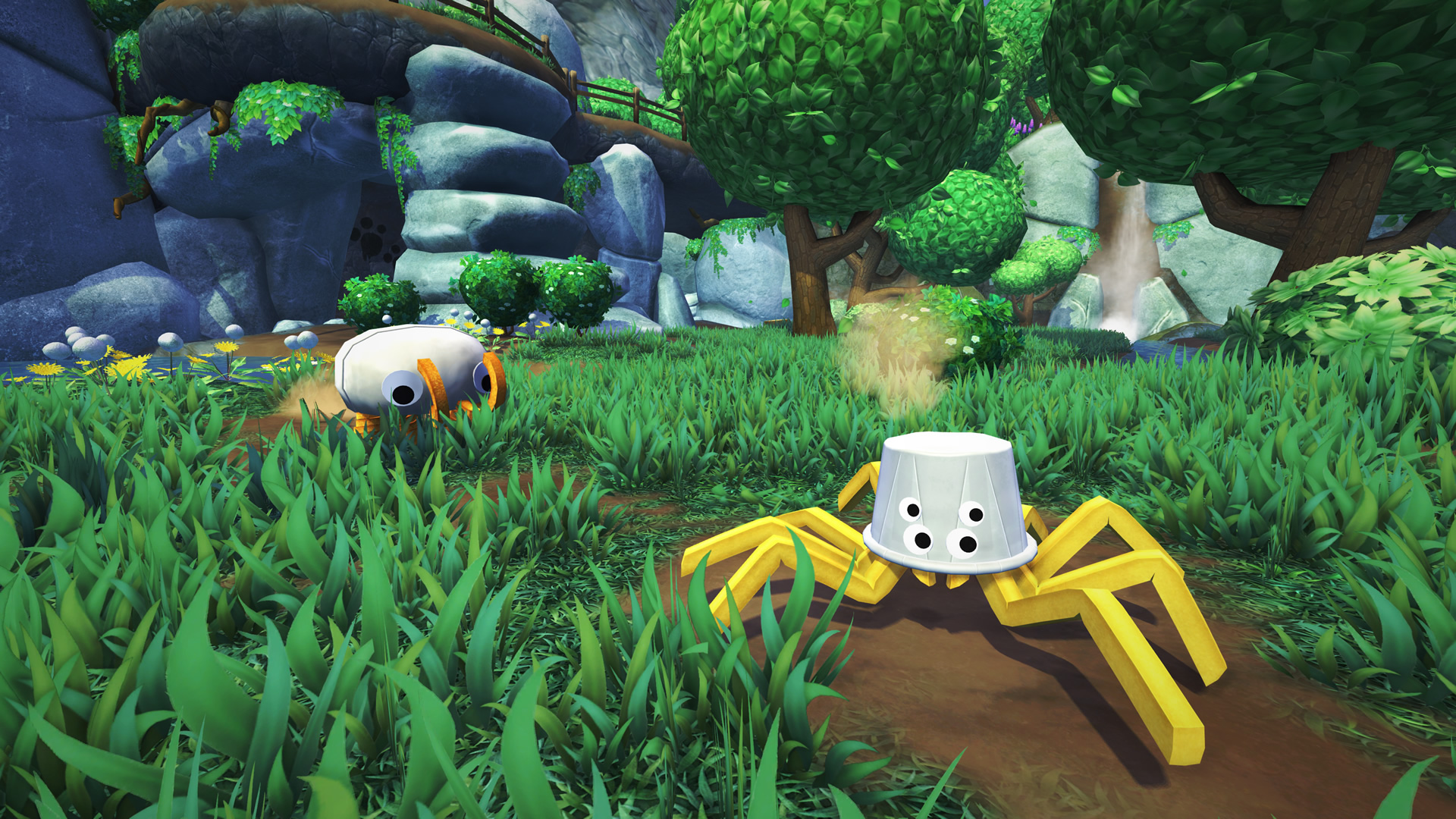
Bugsnax has been called a “queer paradise” by some, and to be fair, there are several queer characters in the game whose issues don’t stem from coming out or some terrible tragedy. But you’ll forgive me if I don’t exactly feel represented by a gay man who’s the goofy equivalent of a QAnon conspiracy theorist, or the nonbinary scientist who has canonically committed ethical breaches in their research, or the knock-off lesbian Steve Irwin who’s last shot at credibility is colonialism. I’m here for complicated queer characters, but not when their edges are meant to be wacky flavor text and nothing more.
Additionally, others have used the cute and wacky nature of Bugsnax to undercut the way it’s playing with body horror and the macabre in general. Arguments that the game’s climax is not scary or at least invoking horror because the Bugsnax are fundamentally cute and silly looking creatures ignores not only the text, but also years of horror both within games and without. Are we going to say that Doki Doki Literature Club isn’t a horror game just because Monica is a cute anime girl? Are we going to ignore the traditions of haunted toy stories in horror because, after all, they’re just toys? Taking things people would normally find cute or innocuous and flipping them on their heads is a staple of horror, and to ignore that is ignorant of the medium at best. What’s more, it shows the danger innate in arguing that any work of media’s cuteness or wholesomeness absolves it of things it’s doing in the text. Lizbert may not look like a Cronenberg monster at the end of Bugsnax, but that doesn’t change the fact that she has become an amalgamation of parasites that basically consumed her from the inside out. All the googly eyes in the world won’t change that.
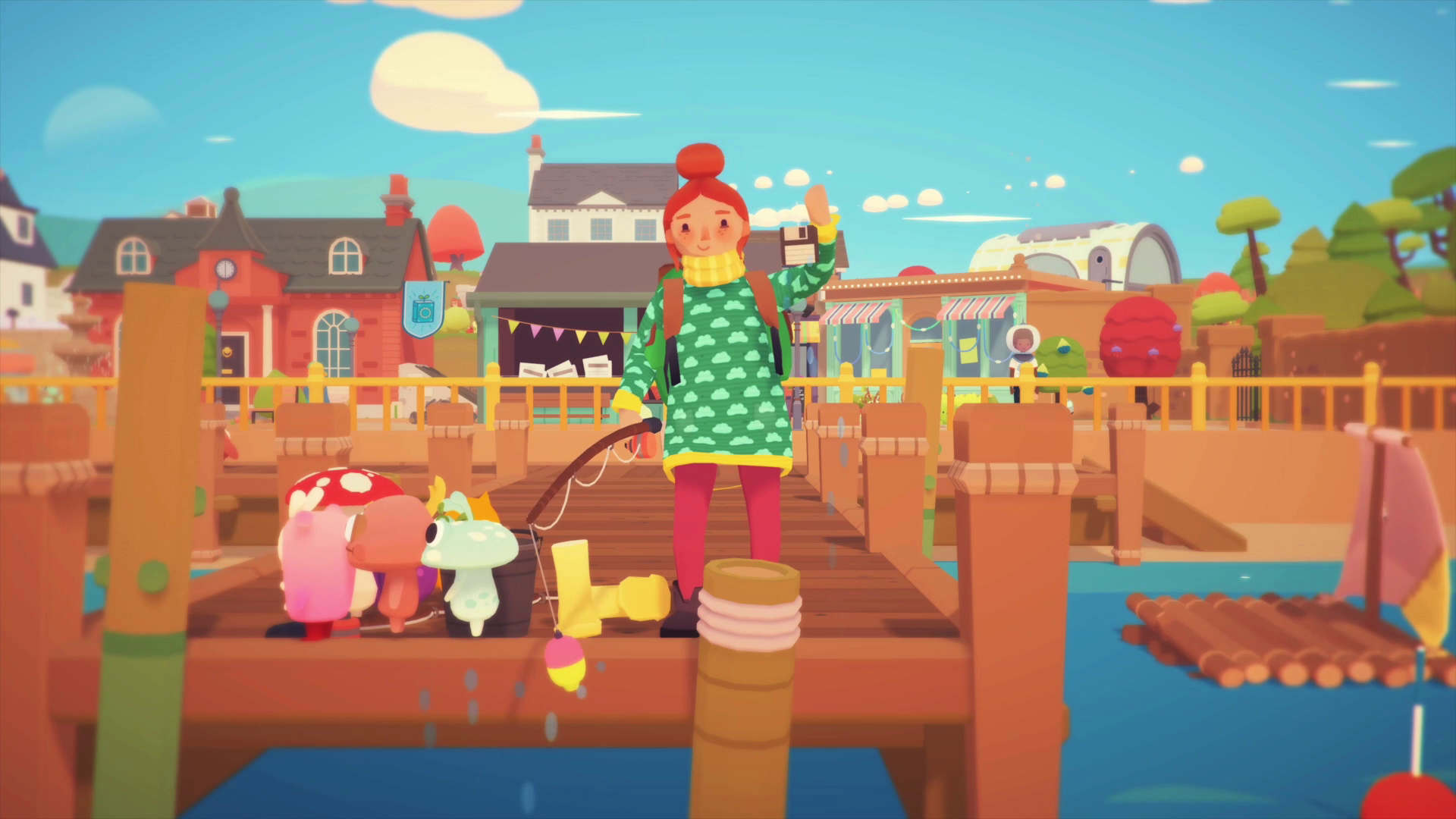
Now, that isn’t to say that cuteness hasn’t also been wielded with intention to combat some of the darker aspects of certain genres of gaming. Ooblets, Glumberland’s new farming/creature collecting sim purposefully used its cute and silly nature to move away from the violent and colonial impulses of its predecessors like Pokemon and Stardew Valley. Instead of the titular ooblets being forced into combat, or to accompany your character, they’re allowed to simply vibe. The same goes for the environment around you. Instead of harvesting resources from the earth violently or at a breakneck pace, you mostly gain them from foraging or receiving them from ooblets and/or your neighbors. You do have a little plot of land you’re trying to cultivate, but the goal isn’t to create optimized factory farming.
Ooblets does not center you as the leader of the town, or as someone coming to a new place to master it. You’re just a person looking for a fresh start in a nice place with some funky little friends at your side. This is important because it challenges the colonial notions of games like Animal Crossing, and instead asks that the player work to become part of this new community over time, rather than dominating it and shaping it to their will. Ooblets takes on both farming sims and creature collection, and purposefully reshapes them into something more hopeful for the genre: a world focused on community and sustainability, rather than a cottagecore power fantasy.
Cuteness, like any other aesthetic framing, is a tool, and quite an effective one. As both critics and consumers, we need to be aware of this and of how it’s being used in the media we enjoy. We cannot allow ourselves to passively consume things because we are enchanted with their wholesome trappings, tempting as it often may be. Not all that glitters is gold, and not all with googly eyes is harmless, as the grumpuses learned the hard way.





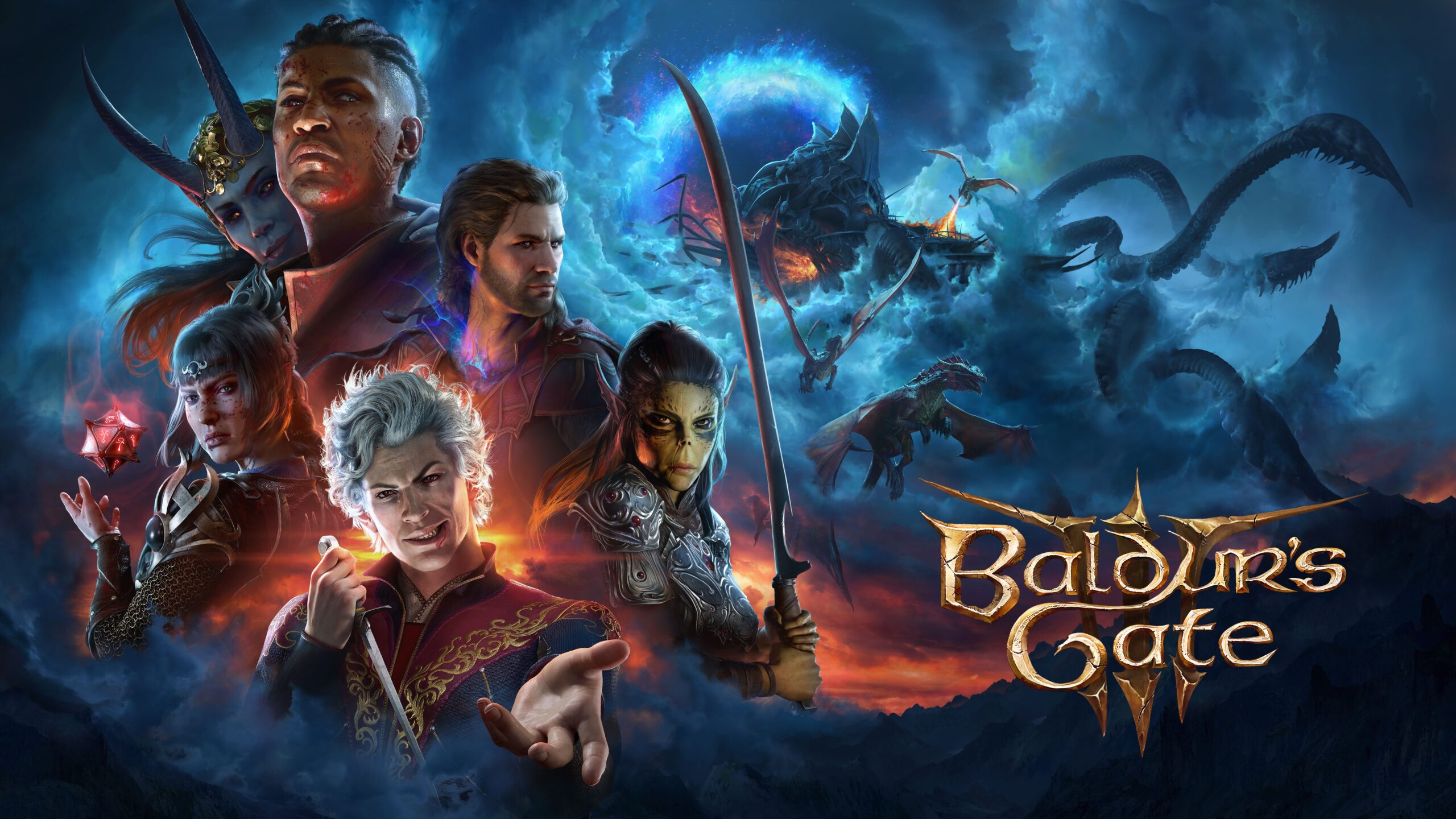
I started off by agreeing with this piece as it was talking about cuteness being a smokescreen for microtransactions. But around the point you didn’t like the gay conspiracy theorist character in Bugsnax or felt that the body horror finale was somehow… disingenuous rather than a plot twist, because of the cute facade… I sort of lost the thread. Almost all of your examples after the Pokemon one were just moments or aspects of wholesome games you didn’t like, and are kind of incoherently linking together as part of an overall trend.
I really like this article but it makes me sad that it ends with praise for Ooblets – the composer of the game (pedro silva aka slime girls) was outed as an abuser (admitted it themselves in their still-pinned twitter post) in December. The devs have not made any public comment about this or stated if they’ll be replacing them as the game is an ongoing project with new content being added.
We actually weren’t aware that Pedro Silva was involved with Ooblets. We’ll get an editor’s note in there to address this. Thank you for bringing it to our attention!